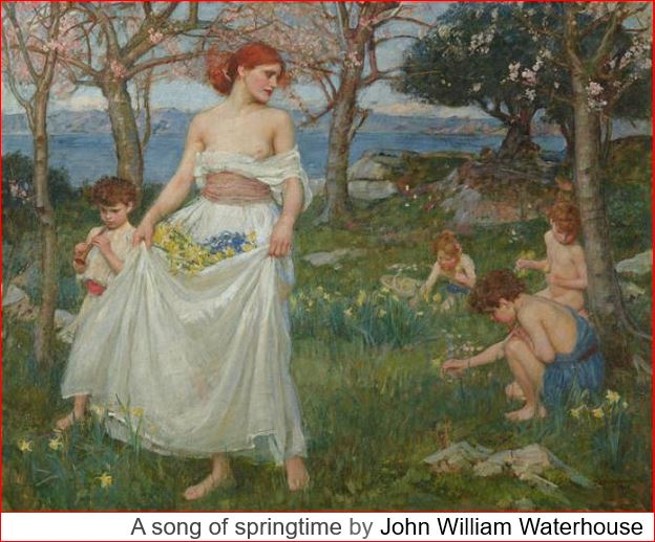
As Dictator of Rome and Pontifex Maximus, Julius Caesar obviously had some historical and political expectations concerning the new calendar.
Mainly for political reasons, he had to try to preserve the most important old Roman traditions (as we have seen regarding Kalendae) while introducing the new calendar. For example, according to recent studies, he retained the length of the 31-day months (Martius, Maius, Quintilis and October) and the 28-day February (in non-leap years). But he had to increase the previous 29 days of April, Ionius, September and November to 30 days and that of Ianuarius, Sextilis and December to 31 days.
Later, the month Quintilis was renamed Iulius (44BC) in honour of Caesar, and the Sextilis was renamed Augustus (8BC) to recognise Emperor Augustus.
The length of the months in our calendar has remained unchanged since then.

There were widespread speculations earlier that the intervention of Emperor Augustus set the length of today’s months.
Based on the idea of Sacrobosco (13th century), it used to be assumed that Augustus shortened February by one day. Only as the result of this shortening could it become the month of August 31 days long, as the extension of Sextilis by that day. This earlier view has recently been refuted, mainly based on the writings of Macrobius (5th century).
Today's most robust assumption is that Caesar, referring to ancient Roman traditions, would have set the vernal equinox (VEQ) date on March 25.
Other calendar experts report that the VEQ-day was moved to March 22., 23. or 24 in the new calendar. (See Hunnivari for details).
March 23. is obviously assumed to be the first VEQ-day in 45BC because we already know today (by astronomical recalculation) that the VEQ in 45BC took place on March 23.
I state that we only assume today that the VEQ date was essential to Caesar because it is crucial today. The VEQ date in Judeo-Christian culture is used (as we have already seen) to calculate the date for Passover and Easter.
This was not the case in ancient Rome! Anyhow, in the astronomy of ancient Rome, the date of VEQ played a minor role, such as the date of the autumnal equinox, short AEQ.
In my opinion, Caesar and his astronomers hardly took the VEQ date into account when they worked out the Julian calendar. There was no official state holiday associated with the vernal equinox in Rome, and only an insignificant traditional folk spring festival, “Hilaria”, felt around VEQ day. This “spring Hilaria” was celebrated on March 25, indeed. This date was commemorated sometime much earlier because, due to known calendar errors, VEQ could usually only fall on a day other than March 25. In addition, the word Hilaria means “feast of joy” and was therefore also used for other minor holidays.
This observation leads to fundamental implications in the next post.
